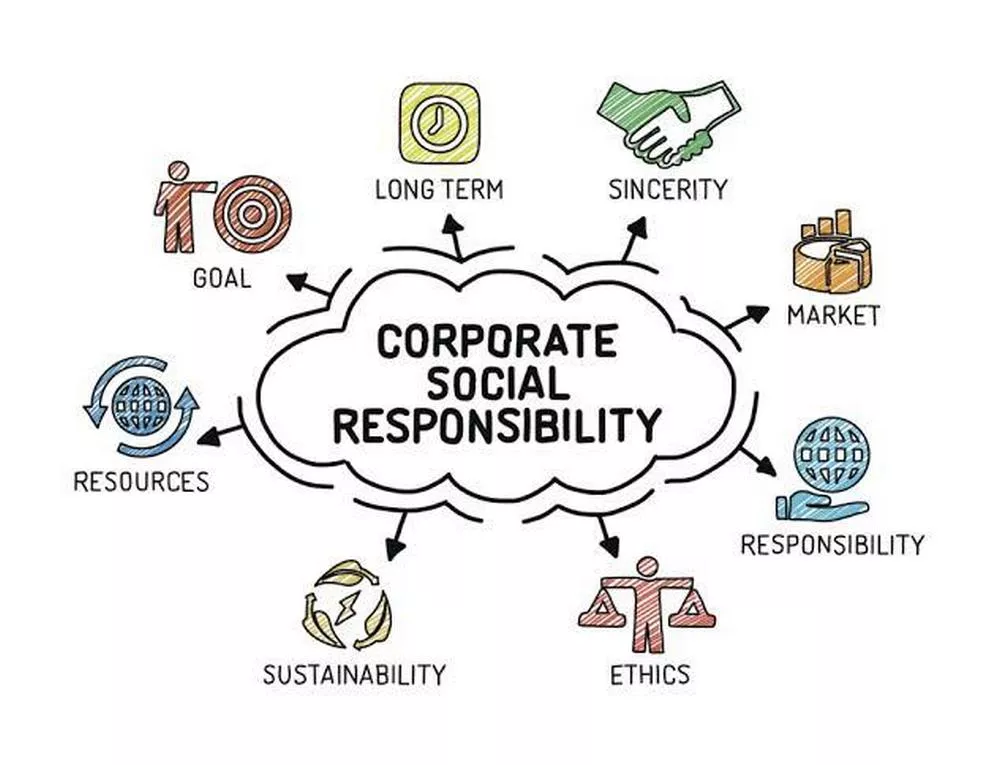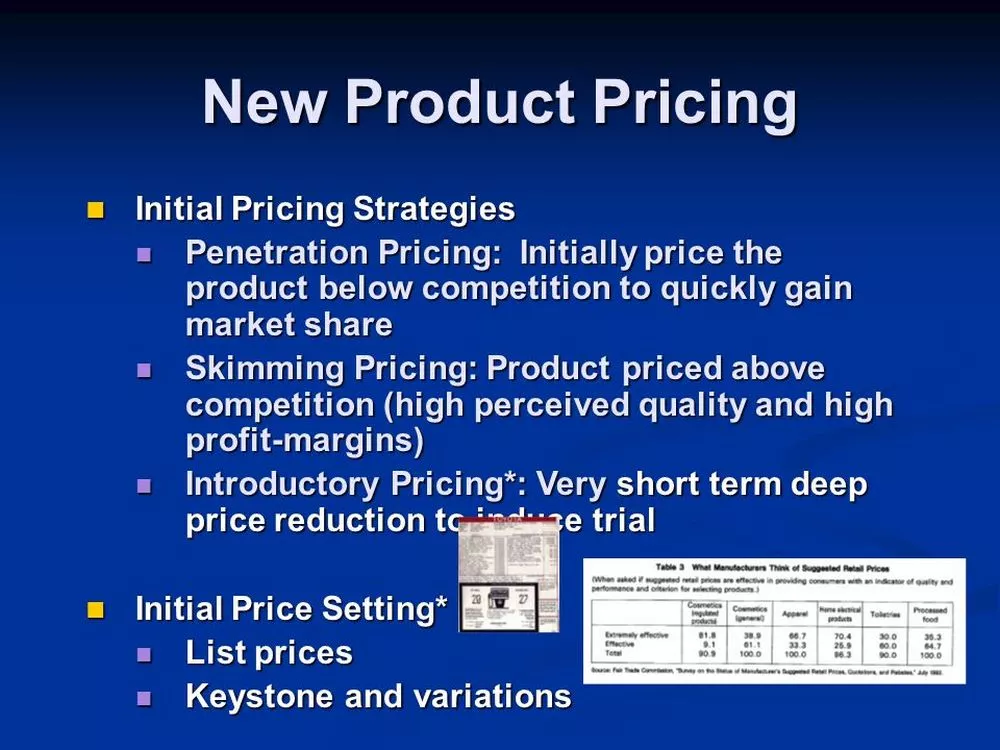When it comes to developing a corporate social responsibility (CSR) strategy, there are a few key things to keep in mind. First, what are the company’s strengths and how can they be leveraged to make a positive impact? Second, what are the key issues that the company wants to address? And finally, what are the stakeholders that need to be engaged?
Find out the expert opinion, insight and opportunities of new trends in business, trends in small business, developing leadership skills, personal skills and job market at Cashloanace.
Once these three things have been considered, it’s time to start developing the strategy. Here are a few tips:
Define the company’s purpose
The first step is to define the company’s purpose. What is the company’s mission? What are its values? What does it stand for? Once these things have been clarified, it will be easier to develop a CSR strategy that is aligned with the company’s purpose.
Set goals and objectives
The next step is to set some goals and objectives. What does the company want to achieve with its CSR strategy? What are the specific issues that it wants to address? Once these goals have been set, it will be easier to develop specific initiatives that can help to achieve them.
Identify stakeholders
The next step is to identify the stakeholders that need to be engaged in the CSR strategy. Who will be affected by the strategy? Who needs to be involved in its development and implementation? Once these stakeholders have been identified, it will be easier to develop a communication and engagement plan.
Develop initiatives
The next step is to develop specific initiatives that will help to achieve the company’s CSR goals. These could be anything from volunteering programs to sustainability initiatives. It’s important to make sure that the initiatives are aligned with the company’s purpose and values.
Evaluate and adjust
Finally, it’s important to evaluate the effectiveness of the CSR strategy on a regular basis. Are the goals being met? Are the initiatives having the desired impact? Are there any areas that need to be adjusted? Regular evaluation will help to ensure that the CSR strategy is on track and making a positive impact.


